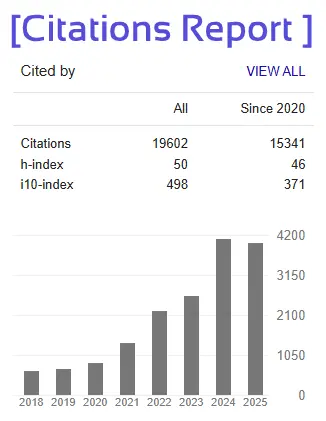VOCALAI : An intelligent virtual personal voice assistant for smart interaction
1Dr.C.Srinivasa Kumar
Assistant Professor, Dept. Computer Science and Engineering
Vignan’s Institute of Management and Technology for Women, Hyd.
Email: drcskumar46@gmail.com
3K Sathwika
UG Student, Dept. Computer Science and Engineering
Vignan’s Institute of Management and Technology for Women, Hyd.
Email: kondurisathwika@gmail.com
2P Kavya
UG Student, Dept. Computer Science and Engineering
Vignan’s Institute of Management and Technology for Women, Hyd.
Email: kavyapalamakula41@gmail.com
4K Jyothi Yadav
UG Student, Dept. Computer Science and Engineering
Vignan’s Institute of Management and Technology for Women, Hyd.
Email: kodelajyothiyadav@gmail.com
Abstract—The evolution of virtual personal assistants (VPAs) has been significantly influenced by advancements in voice command recognition and response optimization. Modern systems leverage sophisticated technologies such as Automatic Speech Recognition (ASR), Natural Language Processing (NLP), and Text-to-Speech (TTS) synthesis to facilitate seamless human-computer interactions. These integrations enable VPAs to comprehend and process voice inputs, interpret user intent, and generate contextually appropriate responses.
Recent developments have introduced multimodal capabilities, allowing VPAs to engage in voice, text, and visual interactions. For instance, OpenAI's GPT-4o model supports real-time voice conversations, providing users with dynamic and natural interactions. This advancement enhances the VPA's ability to manage a wide spectrum of tasks—from answering questions and managing calendars to niche functions like coding.
Furthermore, the integration of VPAs with hardware platforms, such as the ESP32 microcontroller, has facilitated the development of intelligent voice interfaces. These systems utilize cloud APIs and conversational intelligence to deliver comprehensive solutions for voice-based interactions, enhancing productivity across various environments.
Despite these advancements, challenges persist in ensuring the accuracy, security, and privacy of voice interactions. Addressing issues related to data protection and system vulnerabilities is crucial for the continued success and adoption of voice-enabled VPAs.
In conclusion, the integration of voice command recognition and response optimization in VPAs represents a significant leap towards more intuitive and efficient human-computer interactions. Ongoing research and development in this field are essential to overcome existing challenges and unlock the full potential of voice-enabled technologies.







